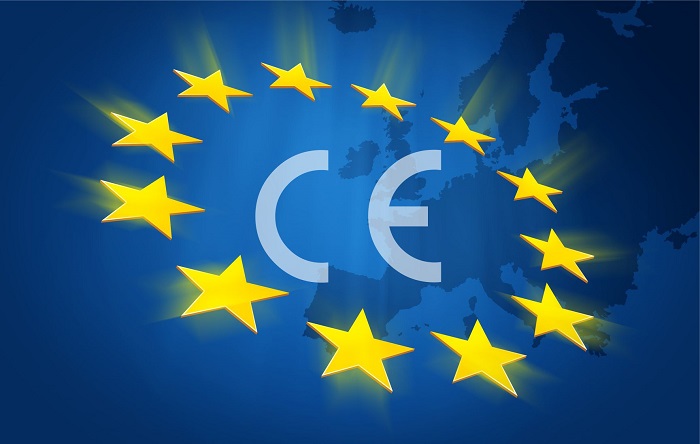
Common questions of CE MARKING
The word "CE" in CE label must be appropriate for the prescribed rate, can be directly labeled on products or packaging. Regardless of the size of "CE" symbol,....
1: What are ISO, ISO 14000 and ISO 14001?
ISO is an International Organization for Standardization in Geneva, Switzerland. ISO promotes the development and implementation of voluntary international standards for all specific products and environmental management problems. ISO 14000:2015 mentions a range of voluntary criteria in the field of environment developed by ISO. Environmental management system (EMS), and other criteria in the field of environmental audit, environmental performance assessment, environmental labeling, and life circle assessment. Recent EMS criteria and audit have been mended and launched in September 2015.
All ISO standards were developed by a voluntary method based on the agreement. Each ISO member country develops its position on standards and these positions are then negotiated with other member states. Draft versions of the standards are sent for official written comments and each country officially votes on the draft at the appropriate stage of the process. In every country, various organizations can participate in the process including industry, the government (Federal and State), and other interested parties such including different non-government organizations such as EPA, and other countries which have contributed to the development of ISO 14001:2015 standard (evaluating its efficacy through a series of pilot projects).
ISO 14001: 2015 standard requires a community and an organization to conduct a series of practices and procedures when cooperating. ISO 14001: 2015 is not a technical standard, so it does not replace any technical requirements expresses in the regulations. Also, there is no criteria in terms of efficiency in ISO 14001: 2015 standard. Main requirements of EMS according to ISO 14001: 2015 include:
A policy statement includes commitments to prevent pollution, continual improvement of EMS leading to improvements in environmental performance and compliance with all applicable legal and regulatory requirements.
Yes, because ISO 14001: 2015 is simply a system designed to assist the community and different kinds of organizations to conduct their environmental duty and reduce their impacts on the environment. Districts, towns, and cities often supervise a number of separate facilities and activities. EMS can be used as a framework to help these activities improve their effectiveness, and use more pollution prevention methods. In several counties, the use of this standard is not being established well at the moment, but some counties are starting using it.
Yes. The standard is flexible and does not require organizations to necessarily "retool" their existing operations. This International Standard establishes a management framework whereby an organization's impact on the environment can be systematically identified and reduced. For example, many organizations, including counties and cities, have active and effective pollution prevention activities underway. They can be included in the overall EMS according to ISO 14001: 2015.
Like several states, EPA believes that the environmental management system can serve as a valuable tool to help organizations to improve their environmental performances and compliance. However, this premise needs to be closely evaluated, working with many organizations, including those in the public sector. EMS may, in the future, be the basis for providing regulatory flexibility for organizations that successfully implement the public.
